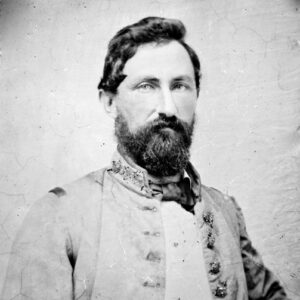 William Cabell
William Cabell
Time Period: Civil War through Reconstruction (1861 - 1874) - Starting with C
 William Cabell
William Cabell
Cabell, William Lewis
Cache Bayou, Skirmish at
Cache River Bridge, Skirmish at
Caddo Mill, Skirmish at
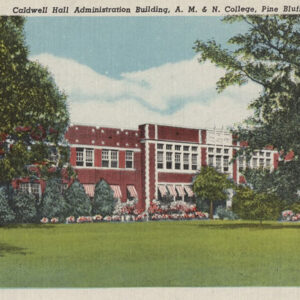 Caldwell Hall
Caldwell Hall
Cambridge [Steamboat]
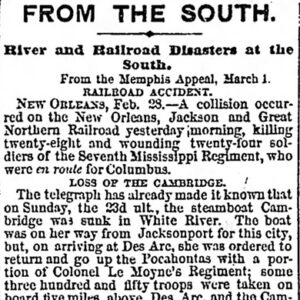 Cambridge Steamboat Article
Cambridge Steamboat Article
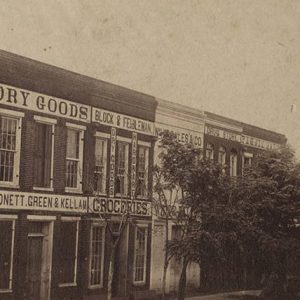 Camden Businesses
Camden Businesses
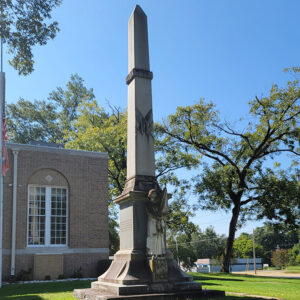 Camden Confederate Monument
Camden Confederate Monument
Camden Expedition
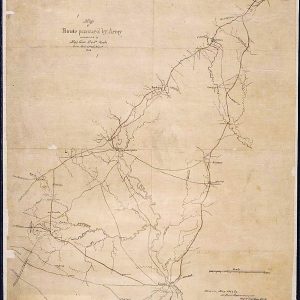 Camden Expedition Map
Camden Expedition Map
Camden Expedition Sites National Historic Landmark
Camden Water Battery
 Camden Water Battery
Camden Water Battery
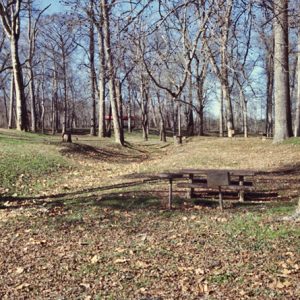 Camden Water Battery
Camden Water Battery
Camden, Skirmish at (April 15, 1864)
Camp Lee
Camp Nelson Confederate Cemetery
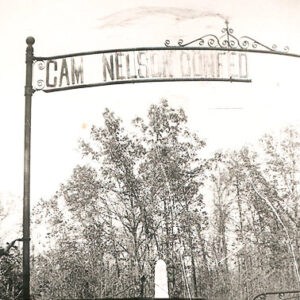 Camp Nelson Confederate Cemetery
Camp Nelson Confederate Cemetery
Camp White Sulphur Springs Confederate Cemetery
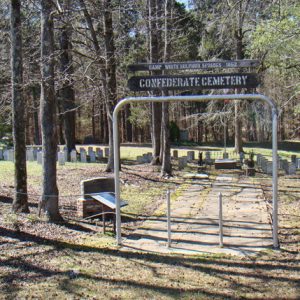 Camp White Sulphur Springs Confederate Cemetery
Camp White Sulphur Springs Confederate Cemetery
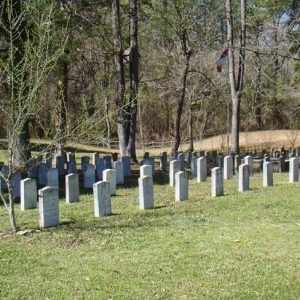 Camp White Sulphur Springs Confederate Cemetery
Camp White Sulphur Springs Confederate Cemetery
Campbell, John
 John Campbell
John Campbell
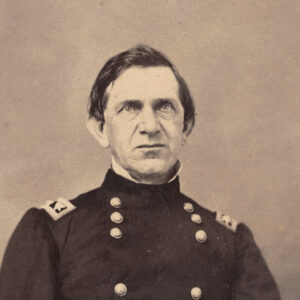 Edward R. S. Canby
Edward R. S. Canby
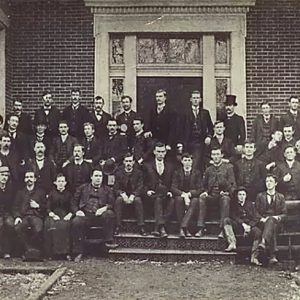 Cane Hill Class
Cane Hill Class
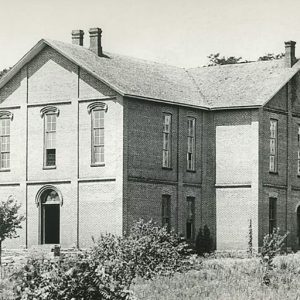 Cane Hill College
Cane Hill College
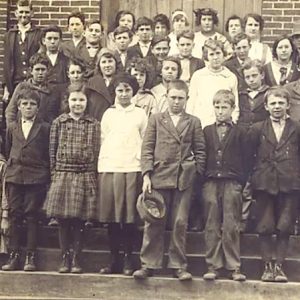 Cane Hill College
Cane Hill College
Cane Hill, Engagement at
aka: Engagement at Canehill
aka: Engagement at Boston Mountains
Cane Hill, Skirmish at (November 25, 1862)
Cane Hill, Skirmish at (November 6, 1864)
Cape Girardeau, Missouri, to the Eleven Point River, Expedition from
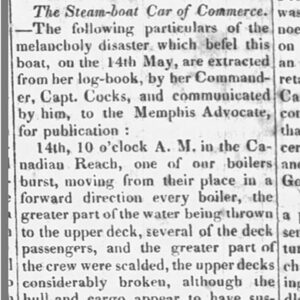 Car of Commerce Steamboat Article
Car of Commerce Steamboat Article
Carolina Methodist Church
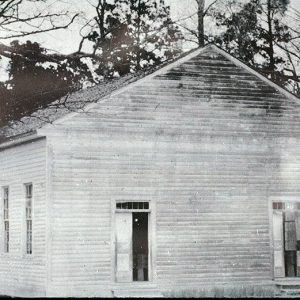 Carolina Methodist Church
Carolina Methodist Church
Carpetbaggers and Scalawags
 Eugene Asa Carr
Eugene Asa Carr
Carr, Eugene Asa
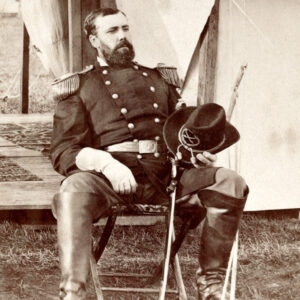 Eugene Asa Carr
Eugene Asa Carr
Carroll, David Williamson
Carroll, Marion, and Searcy Counties, Scout to
aka: Skirmish at Richland Creek (December 25, 1863)
aka: Skirmish at Stroud's Store
aka: Skirmish at Buffalo River
Carrollton, Skirmish at (August 15, 1864)
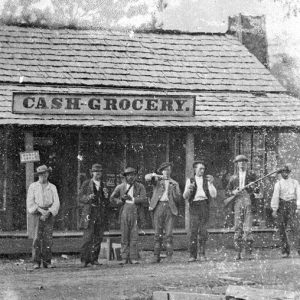 Cash Grocery
Cash Grocery
Cassville, Missouri, to Cross Hollow, Scout from
Cassville, Missouri, to Huntsville and Yellville, Scout from
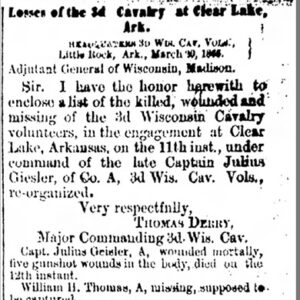 Casualties List
Casualties List
Catterson, Robert Francis
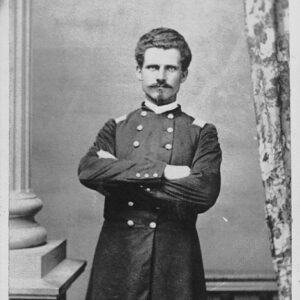 Robert Catterson
Robert Catterson




